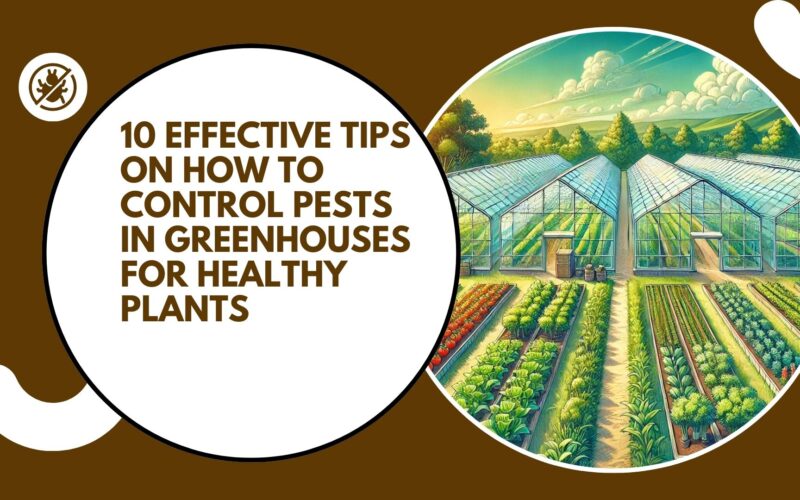
Ever wonder how to control pests in greenhouses? Keep your greenhouse thriving with these powerful pest control strategies—from clever crop rotations to natural predators, discover the secrets to a pest-free growing space!
Greenhouses provide a controlled environment for growing plants, but they can also attract a variety of pests that can damage crops if left unchecked.
Learning how to control pests in greenhouses is essential for maintaining a healthy, productive growing space.
Below is a detailed guide covering effective strategies to manage and prevent pests in greenhouses.
1. Understand Integrated Pest Management (IPM)
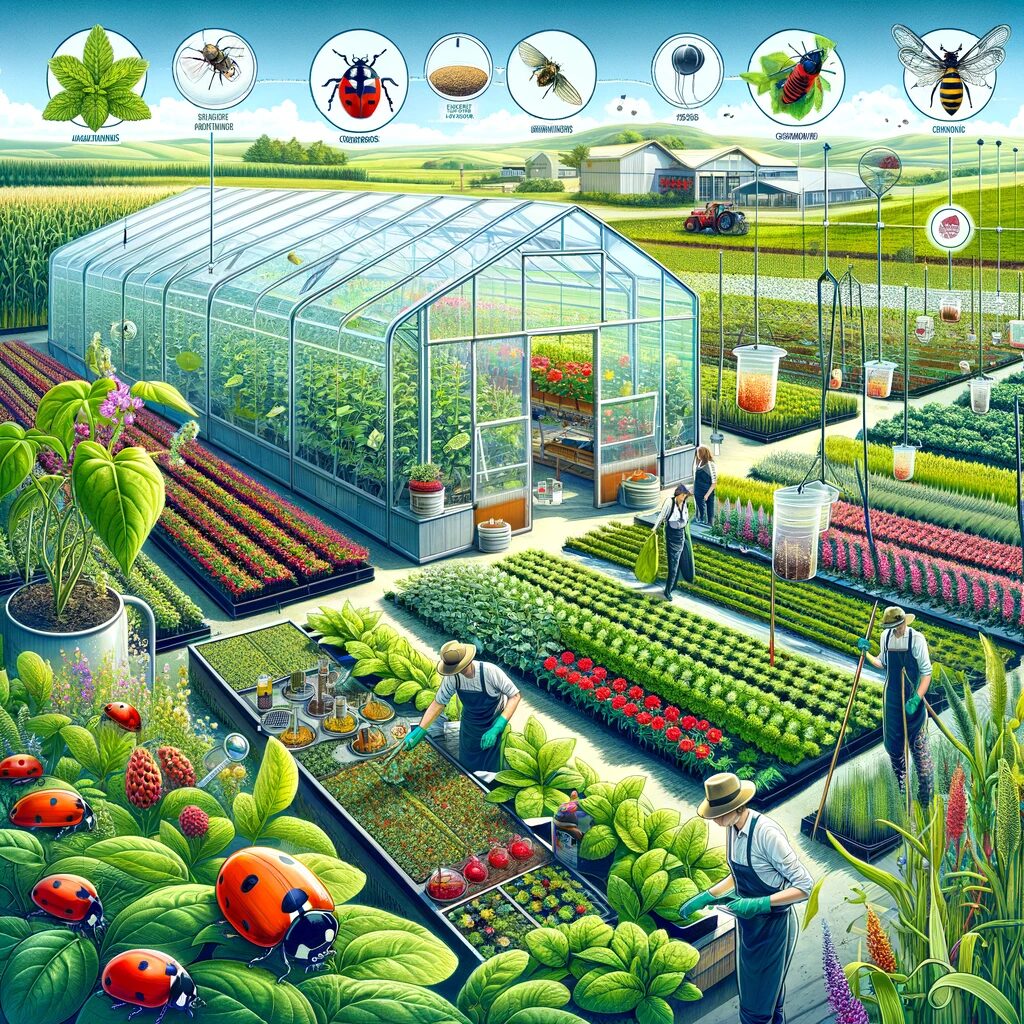
Integrated Pest Management, or IPM, is a holistic approach that combines biological, physical, and chemical methods to reduce pest populations sustainably. Using IPM practices is one of the best ways to understand how to control pests in greenhouses without over-relying on chemical pesticides.
Benefits: IPM focuses on regular monitoring and the selective use of control methods to keep pest levels manageable. It encourages using multiple pest control tactics that minimize environmental impact and promote greenhouse health.
2. Set Up Physical Barriers

Physical barriers are crucial for keeping pests out of the greenhouse. Insect netting on vents, doors, and windows acts as a barrier to prevent pests like aphids, whiteflies, and other insects from entering.
Steps: Regularly inspect the greenhouse for any gaps or openings where pests might enter, and use durable mesh screens to seal these areas. Using physical barriers is a proactive step in how to control pests in greenhouses by preventing them from accessing plants in the first place.
3. Introduce Beneficial Insects

Biological control, which uses beneficial insects, is a natural and effective way to control pests. Introducing predatory insects such as ladybugs, parasitic wasps, and nematodes helps keep pest populations in check without chemicals.
Applications: Each beneficial insect targets specific pests: ladybugs eat aphids, parasitic wasps control whiteflies, and nematodes manage soil-dwelling pests. This biological approach is essential in how to control pests in greenhouses as it creates a natural pest management system within the greenhouse.
4. Use Sticky Traps and Monitoring Tools
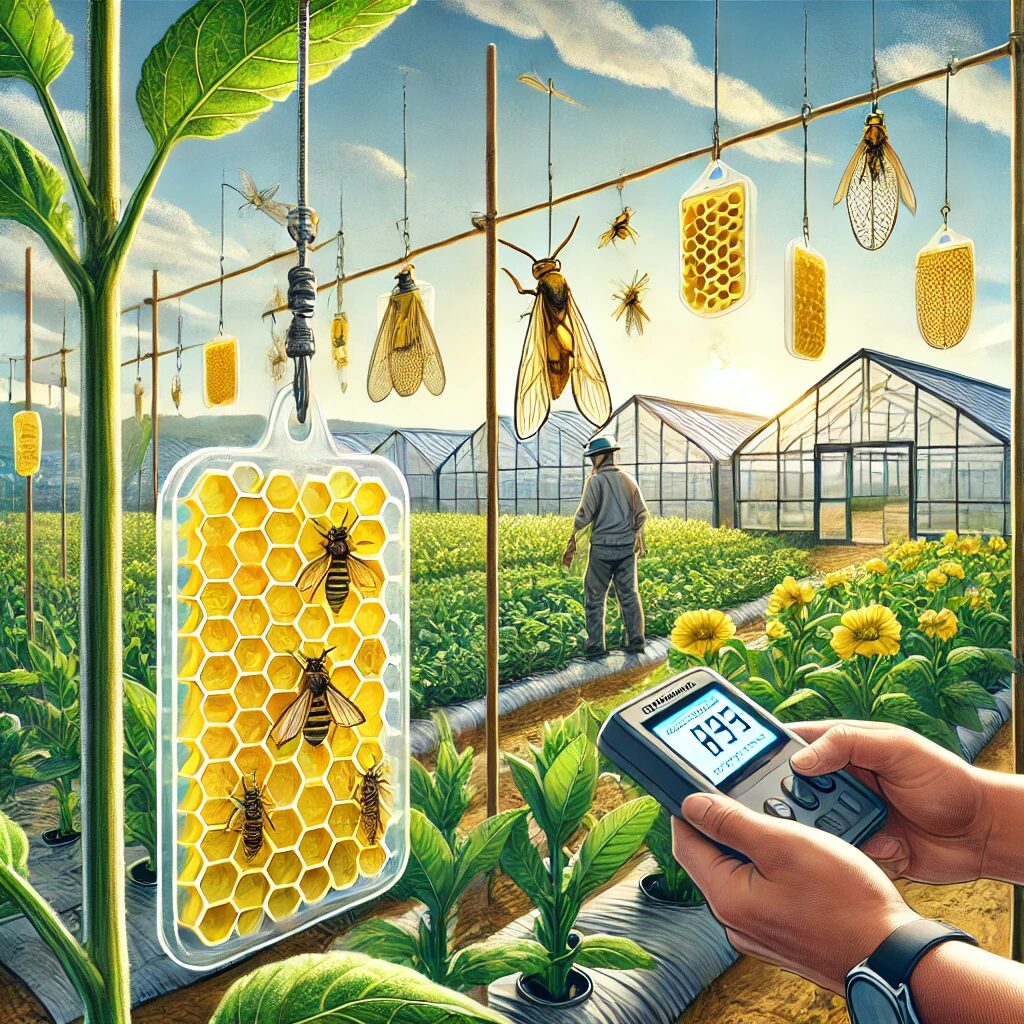
Sticky traps capture flying insects like whiteflies and fungus gnats, which helps reduce their population and provides insight into pest levels.
Usage Tips: Place yellow or blue sticky traps around the greenhouse, especially near plants. Monitoring tools like traps allow early detection, which is crucial in how to control pests in greenhouses by catching infestations before they grow.
5. Maintain Greenhouse Cleanliness and Sanitation
Importance: A clean greenhouse is less inviting to pests. Regularly removing dead leaves, fallen plant material, and debris helps reduce pest hiding places and breeding grounds.
Steps: Sweep the floors, remove decaying plant material, and disinfect tools regularly. Consistent sanitation is a foundational step in how to control pests in greenhouses as it prevents pest habitats from forming in the first place.
6. Practice Crop Rotation and Companion Planting

Explanation: Crop rotation helps prevent pests from establishing long-term populations in the greenhouse by changing plant locations and disrupting pest life cycles.
Companion Planting: Certain plants like basil, marigold, and mint naturally repel pests. Planting these around crops helps deter pests, enhancing pest control efforts. For anyone learning how to control pests in greenhouses, crop rotation and companion planting are valuable practices for long-term prevention.
7. Apply Organic and Safe Pesticides Sparingly
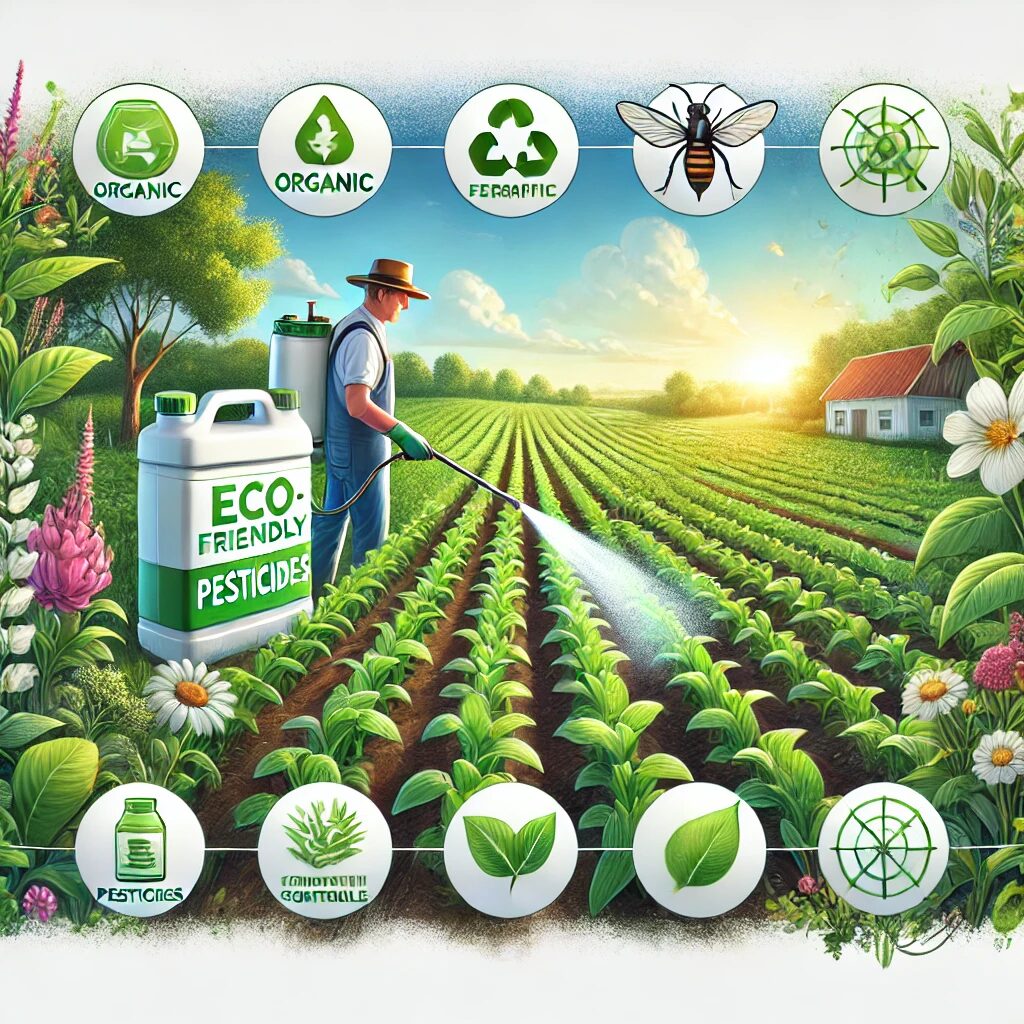
Types: Use organic pesticides like insecticidal soaps, neem oil, and diatomaceous earth, which are effective yet safer than synthetic chemicals.
Application Tips: Apply these pesticides sparingly to avoid harming beneficial insects. Focusing on organic methods is key in how to control pests in greenhouses sustainably, as it reduces reliance on harmful chemicals while protecting plant health.
8. Control Humidity and Temperature Levels
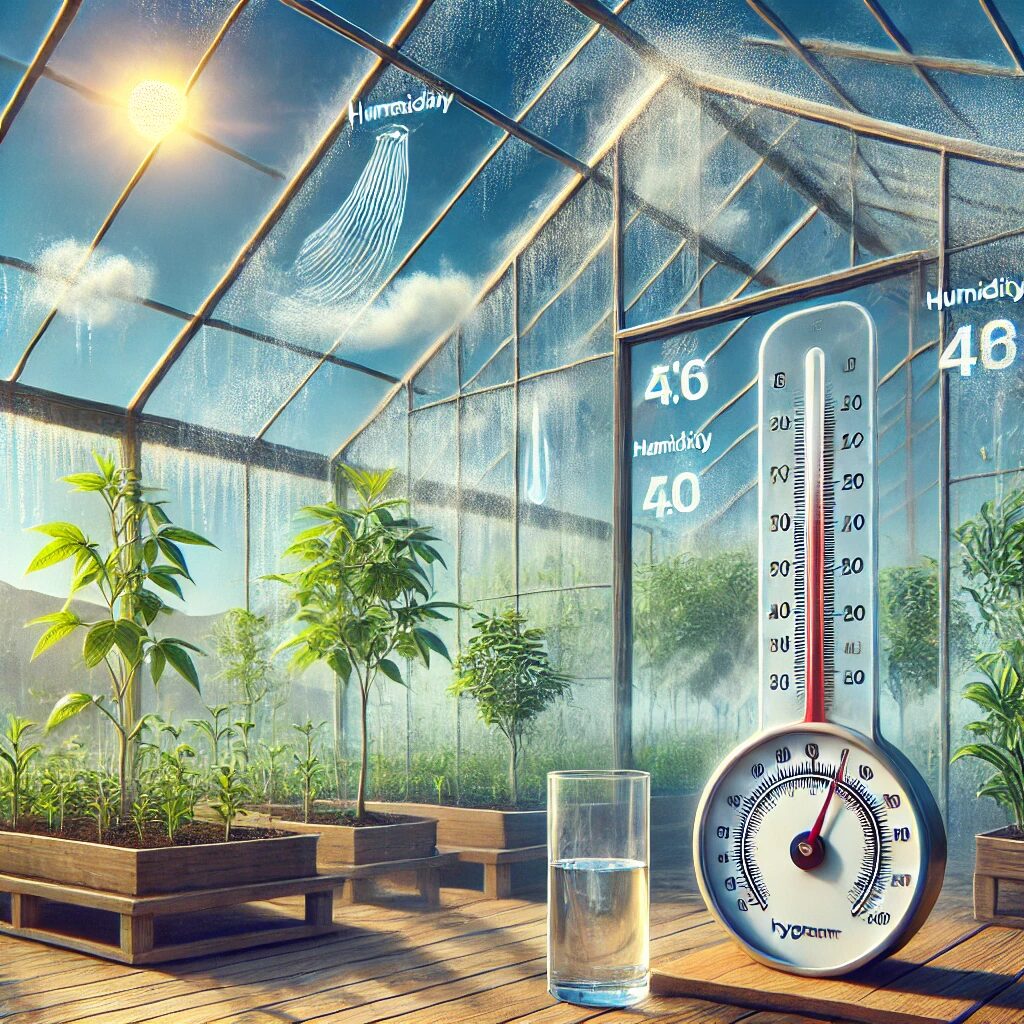
Why It Matters: Certain pests, like fungus gnats, thrive in high-humidity environments, while others prefer specific temperature ranges. Regulating these conditions makes the greenhouse less hospitable to pests.
Adjustment Tips: Use fans, ventilation, and dehumidifiers to maintain balanced humidity and temperature. This method is essential in how to control pests in greenhouses since it targets the environmental factors that contribute to pest outbreaks.
9. Inspect New Plants and Soil Carefully
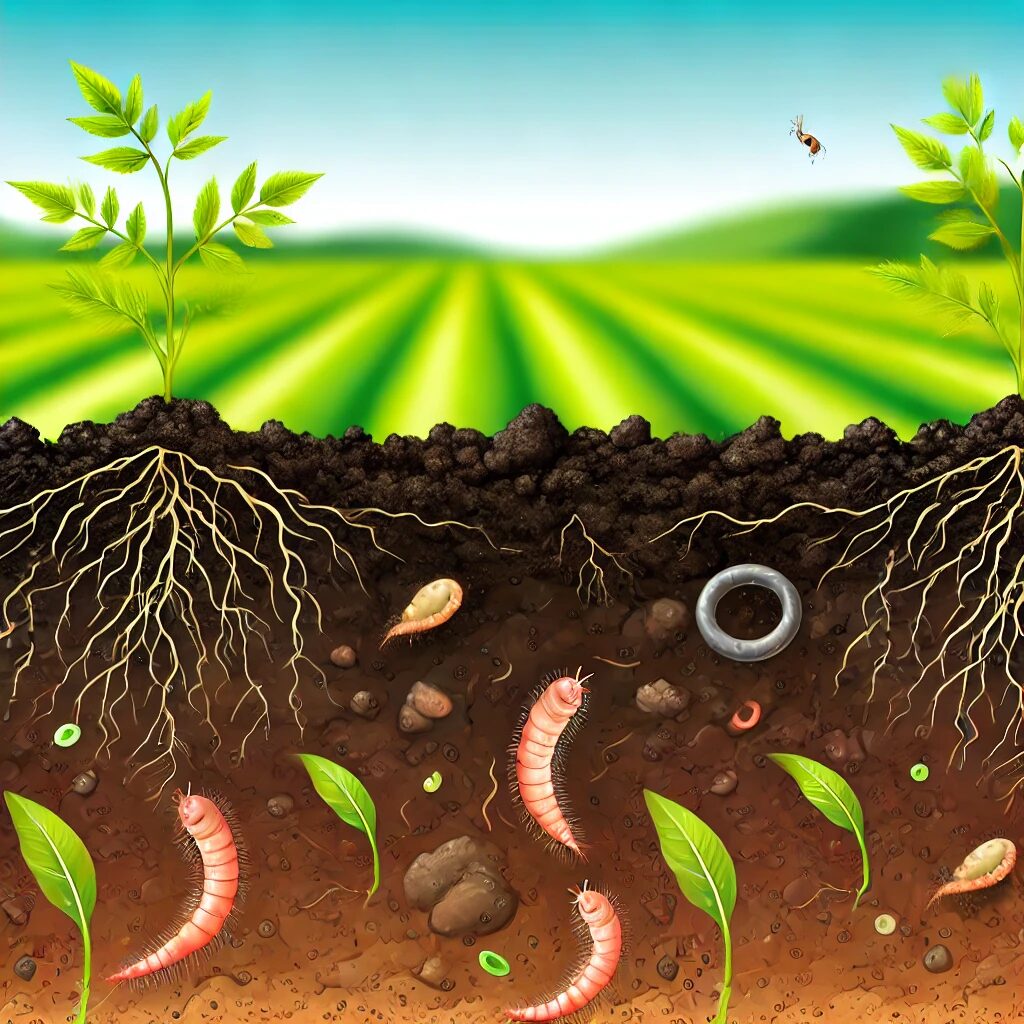
Pests often enter greenhouses through infested plants or soil. Inspecting new plants thoroughly can prevent pest introduction.
Best Practices: Check new plants for signs of pests or disease and use sterile soil to avoid introducing soil-borne pests. This preventive approach is foundational in how to control pests in greenhouses by stopping infestations before they start.
10. Quarantine and Treat Infected Plants
When an infestation is detected, isolating infected plants prevents pests from spreading to healthy plants.
Steps: Move infected plants to a separate area and treat them with appropriate organic pesticides. Quarantining is a critical part of how to control pests in greenhouses as it provides containment, ensuring that the rest of the greenhouse remains pest-free.
Conclusion
Controlling pests in greenhouses is vital for maintaining a thriving, healthy environment for plants. By integrating methods like physical barriers, beneficial insects, and careful monitoring with practices such as crop rotation and selective pesticide use, greenhouse owners can effectively manage pests without heavy reliance on chemicals.
Each of these strategies, from sanitation to environmental control, contributes to a balanced approach that protects plant health and promotes sustainable pest control. Embracing these steps will help keep your greenhouse productive and pest-free over the long term, ensuring a successful growing season.
